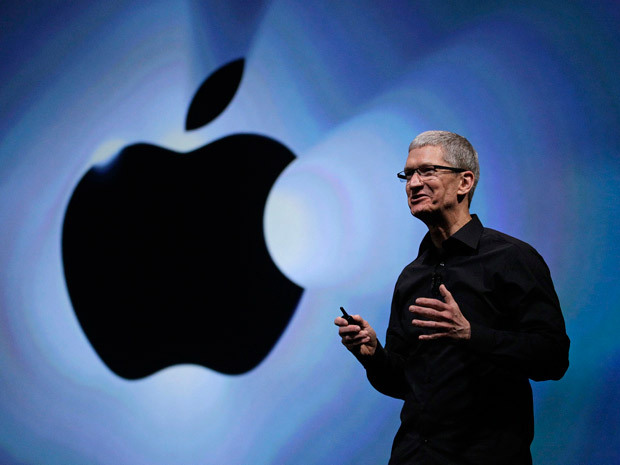
Apple is preparing to make a significant push into the smart home market with an “aggressive” new strategy, aiming to integrate its screens and software throughout homes, according to Bloomberg’s Mark Gurman.
Over the next two years, Apple will prioritize home hardware, with plans to develop a new homeOS operating system, a smart display, and a high-end robotic tabletop device.
HomeOS and New Hardware in Development
To gain a foothold in the smart home market, Apple is working on a new operating system called homeOS, built on the foundations of tvOS, and is revamping its Home app.
A major part of this effort is developing a smart display for media consumption, FaceTime calls, and web browsing, which will feature an affordable iPad-like screen for use throughout the home.
Additionally, Apple is developing a higher-end device priced around $1,000, designed for home security, videoconferencing, and high-quality media playback. This device will stand out by using a robotic arm to position its screen, adding a unique twist to similar products from competitors.
Apple Embracing Compatibility and AI
Apple’s smart home efforts will rely on broad compatibility with other brands’ products, marking a key change from its traditionally closed ecosystem. The company has co-developed the Matter protocol, which ensures Apple devices can work seamlessly with Amazon and Google smart home products.
Gurman stressed that artificial intelligence (AI) will play a crucial role in Apple’s smart home strategy. The new Apple Intelligence platform will facilitate home automation and provide precise control of devices, enabling the system’s AI to recognize users, activities, and voices. The forthcoming tabletop device is anticipated to be the first product fully integrated with this platform.
To support this new focus on home technology, Apple is forming a dedicated Home Ecosystem team and shifting some engineers from the company’s car project, according to Gurman.
Cheaper Apple Vision Headset on the Horizon
Gurman reports that Apple is planning a lower-cost Vision headset for release as early as next year. This cheaper version is expected to cost around $2,000 and will feature downgraded processors and more affordable materials compared to the Vision Pro.
Notably, it will likely drop the EyeSight feature, which displays the user’s eyes on the outside of the headset. Apple expects the lower-cost headset to sell at twice the volume of the Vision Pro, which is currently priced at $3,499.
A second-generation Vision Pro is anticipated to launch in 2026 with a faster chip. Additionally, Apple is exploring smart glasses and AirPods with cameras, aiming to extend the Vision Pro’s visual intelligence technology to more products by 2027.
Despite these plans, Apple is facing challenges. Gurman points out that Apple is no longer leading in key emerging technologies, particularly in artificial intelligence and spatial computing. The company’s rivals are moving faster, and Apple is seen as playing catch-up in several areas, he added.
